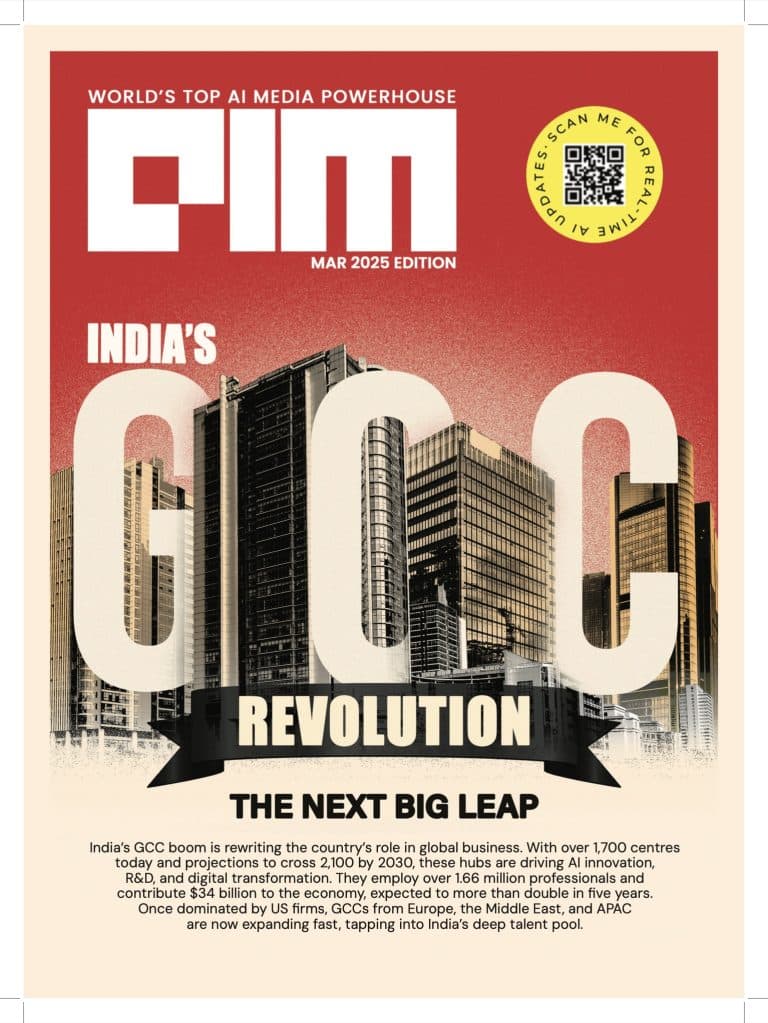The recent closure of Technicolor India, which affected over 3,000 employees, was more than just a setback—it was a wake-up call for global capability centres (GCCs) and the VFX industry in India.
While the shutdown was primarily driven by financial struggles at the company’s Paris-based headquarters, it offers critical lessons in resilience, adaptability, and the future of India’s AVGC-XR (animation, visual effects, gaming, comics, and extended reality) sector.
The Role of GCCs in a Changing Landscape
However, industry leaders caution against seeing this as a reflection of the entire sector’s health.
Arindam Sen, a senior technology leader at EY, pointed out in a LinkedIn post that GCCs exist to support parent companies, making them vulnerable to corporate struggles. While budget cuts and headcount reductions may occur, they do not necessarily signal a failing ecosystem.
“Monetising a GCC to offset a company’s financial distress is challenging, as confidentiality and intellectual property concerns often restrict revenue generation,” he noted.
In fact, GCCs have often played a crucial role in helping companies survive financial crises.
Sen shared an example of a leading accessories company that saw its revenue shrink from $3 billion to $1.4 billion during the pandemic. A transformation plan targeting $100 million in savings relied heavily on the company’s India GCC, which contributed to more than half of the savings.
Alouk Kumar, founder and CEO of Inductus suggests that foreign MNCs must move beyond viewing Indian GCCs as mere extensions of their operations. Instead, they should integrate them more deeply into their overall strategy, leveraging India’s unique strengths.
A Global Restructuring, Not a Local Failure
Technicolor’s exit from India was not a reflection of local performance but rather part of a broader global restructuring triggered by external market forces.
The industry has seen rapid transformations due to economic shifts, changing demand for VFX services, and the rise of AI-driven automation.
Though AI happens to be one of the biggest industry shifts in VFX today, an overarching question is whether it is acting as an enabler or a disruptor?
“It is revolutionising the VFX industry by enhancing efficiency and delivering more realistic outputs. While AI is unlikely to replace humans in this sector, it empowers VFX artists to work more effectively,” Keitan Yadav, chief operating officer of Red Chillies Entertainment, one of India’s leading VFX studios, told AIM.
If automation advances significantly, it could alter the way major studios approach their VFX production pipelines. However, Yadav believes not everything in the industry can be automated due to the intricate artistic and technical nuances required in high-quality VFX work.
A recent report, ‘FUTURE UNSCRIPTED: The Impact of Generative Artificial Intelligence on Entertainment Industry Jobs’, suggests that generative AI will bring about a significant transformation in entertainment. The shift from traditional techniques to AI-driven processes will redefine the demand for labour and capital.
However, complete automation of VFX remains unlikely.
“In the next two years, AI’s capability to serve as a reference or an accelerator, expediting tasks in the realm of imprecise outputs, is expected to enhance productivity significantly. However, achieving the finesse and intricate detailing anticipated in the next one or two years, at least, may still be beyond the reach of AI,” Biren Ghose, managing director of Asia Pacific at Technicolor Group, previously told AIM.
The Future of GCCs and AI Adoption
Besides, one of the key challenges for GCCs has been achieving process and technology standardisation.
Rohitashwa Aggarwal, partner at Everest Group, pointed to an analysis of over 800 finance shared services, which revealed that more than 60% of organisations had not delivered on process standardisation, with even worse results for technology and data integration.
However, this challenge is now turning into an advantage. “One cannot implement a generative AI solution at scale unless the underlying data, process, and technology/ERP are meaningfully standardised,” Aggarwal explained.
This shift has pushed companies to improve their foundational systems, making AI adoption more feasible. Everest Group’s 2023 research found that over 90% of AI use cases in GCCs did not progress beyond the ideation or pilot stage.
By late 2024, this number had dropped to 70%, showing that companies are now refining their AI investment strategies and moving beyond experimentation.
Despite occasional closures and restructuring, demand for traditional IT and operations talent in offshore markets remains strong. “While some companies may shut centres, exit India, or divest from GCCs for various reasons, the broader growth trend remains intact,” Aggarwal said.
“Contrary to popular opinion, we do not see any strong reasons to press the panic button on the growth of the Indian GCC market in the near term,” he concluded.































